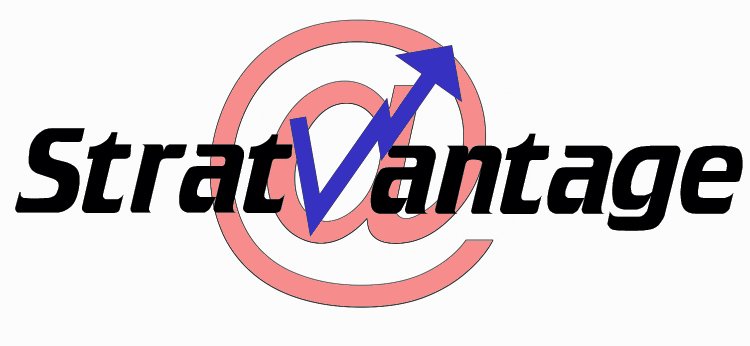From Evernote: |
StratVantage Consulting, LLC — Mike’s Take on the News 11/21/00Clipped from: http://www.stratvantage.com/news/112100.htm |
The News – 11/21/00
XML Creator Maps the Web
Now here’s a new concept: Visually represent the Web against a map of Antarctica. It sounds strange, and it surely is ambitious, but check out Map.net and see what you think. Oh, and it only supports IE 5.x browsers. The goal is to become the largest human-edited directory on the Web.
It’s called Antarcti.ca™ (cute name alert), and it’s the brainchild of XML co-creator Tim Bray. It’s ironic that the project currently only supports Microsoft browsers, since the basic data comes from Netscape/AOL’s Open Directory Project (http://dmoz.org ). Each of the 300,000 categories includes chat capability as well. The site is free.
So what’s the business model? Seems that the company expects to make money doing custom maps of corporate networks. Kinda like the old Netscape model . . .
One2One Targeted Audio Messages
Here’s a weird use of technology. MusicBooth’s AdAcoustics® ad insertion technology enables advertisers to deliver targeted, one-to-one audio messages to online radio listeners, without requiring a download or registration. AdAcoustics removes broadcast ads from its partners’ streaming content and seamlessly replaces the advertisement with personalized messages. To do this, it uses database of over 80 million anonymous profiles to select the right ad.
The MusicBooth holds three patents covering numerous aspects of
targeted audio and audio/video advertising. It’s target market is online radio stations which can now customize ads to individual listeners. “For example, a broadcaster using the AdAcoustics system could deliver a message about the release of Ricky Martin’s new album to one listener while it promotes Mariah Carey to another simultaneously . . .Even if the user goes to another website, the music goes with him,” says 56-year-old lawyer Bob Wolfe, who holds several patents on the technology. “This way, a site could charge 10 to 15 cents a message, as opposed to the 1 cent banner ads now cost. Another benefit is you can pull an ad quickly if it’s not working. Or you can run test campaigns before you move to more expensive media like TV.”
They plan on going wireless, using partner Interep, as well.
Listeners can immediately respond to an advertiser’s message using another MusicBooth tool, I-fetch (all these I- products make me I-retch).
Well, it sounds like a cool idea, but I worry a little about the “80 million anonymous profiles” database. It sounds a little like what Angara does. They have a database of more than 100 million anonymous profiles. Partners of this network include Engage, MatchLogic, Naviant, and Persona. As long as this information is truly anonymous, then I guess it’s OK. But what if it isn’t?


